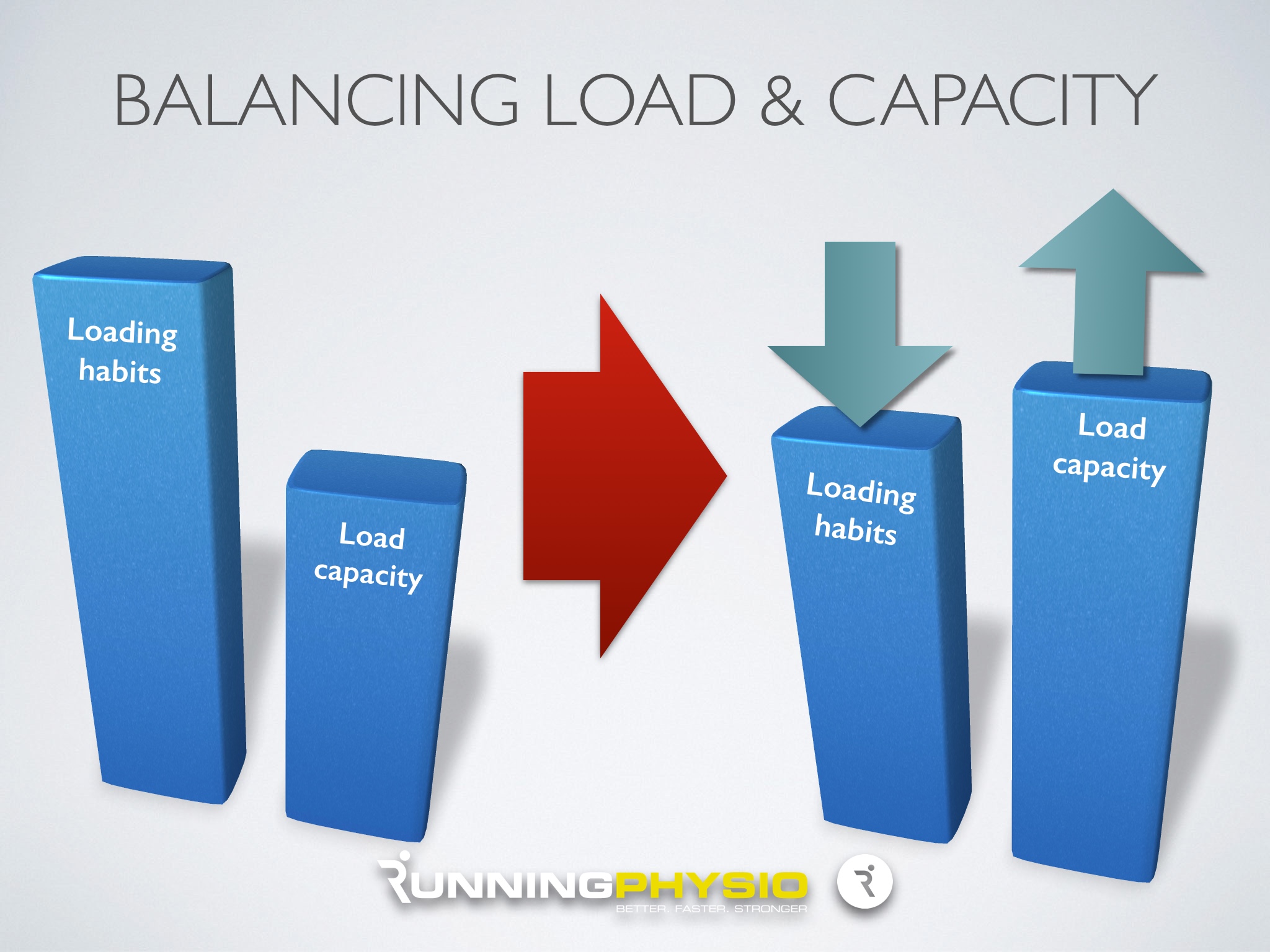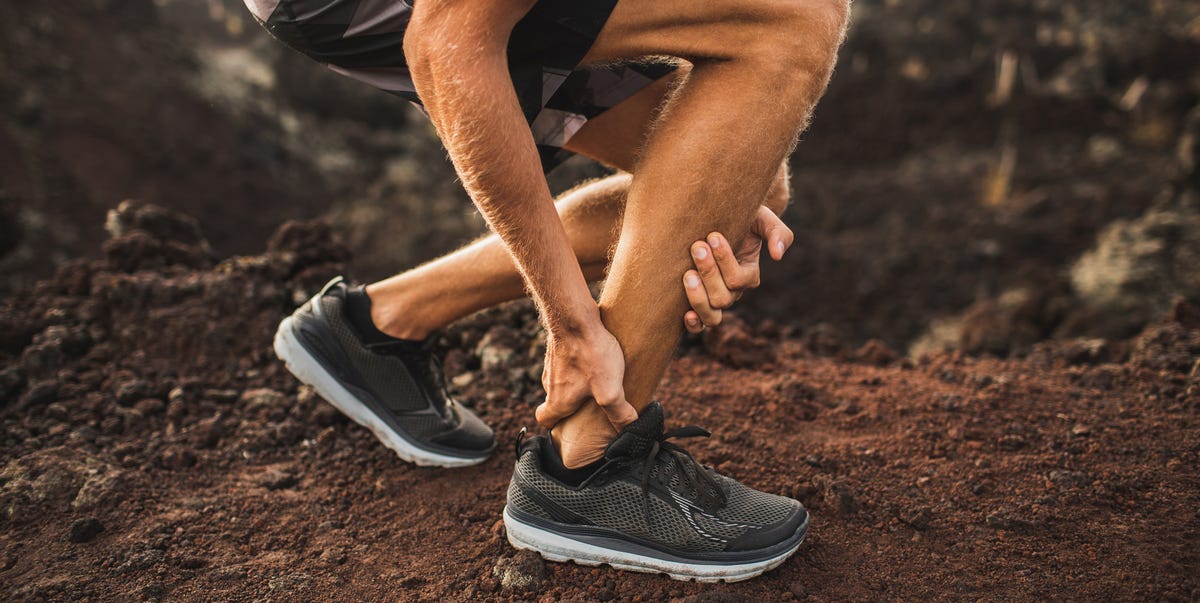Why Rest Isn’t Best When It Comes To Tendons!
Rest Isn’t Best When It Comes To Tendons!

(Image courtesy of Running-Physio.com)
Why don’t tendons get better by stopping activity?
Keeping your tendon healthy relies upon a balance between load vs capacity. You can influence this balance either way. Overloading or a sudden/unaccustomed change in activity may irritate the tendon, whereas a lack of loading will diminish the strength and capacity of the tendon.
Tendons are resistant to change. Tendinopathies occur when there is a change in load. For example, you may have taken up a new sport, tried to increase your step count, or laced up your running shoes again during the latest lockdown. Your tendon pain may settle and feel better by stopping activity and resting, but returning to activity again becomes painful as the underlying issue is not being addressed.

The capacity of the tendon needs to be slowly built up over time. This is done by reducing the demand on the tendon for a period of time while increasing the tolerance of the tendon with specific strength training. There are different types of exercises more suitable for you based on your personalised needs.
How can a physiotherapist help?
- Identification of cause – training error, biomechanical issues, muscle strength or length, tendon capacity.
- Ruling out other injuries or red flags – such as bone stress injuries.
- Making a plan for addressing assessment findings – the gold standard for tendon rehabilitation is specific exercise, which has excellent results when targeted at tendon health.
- Plan to avoid training error – done through progressive training load management.
- Adjunct therapies – such as massage, dry needling or taping in the short term to reduce pain.
There is always a reason or cause for your nagging tendon pain. Working alongside a physiotherapist can help you implement a plan to ensure the best chance of a timely return to activity.
More info
Common Tendinopathies
General Information
Specific Tendinopathies
Foot & Ankle
- Achilles Tendon Rupture
- Achilles Tendinopathy
- FHL Tendinopathy
- Peroneal Tendinopathy
- Tibialis Posterior Tendinopathy
Knee
Hip & Groin
Shoulder
- Shoulder Tendinopathy
- Shoulder Impingement
- Rotator Cuff Calcific Tendinopathy
- Rotator Cuff Tear
- Bicep Tendinopathy
- Swimmer’s Shoulder

